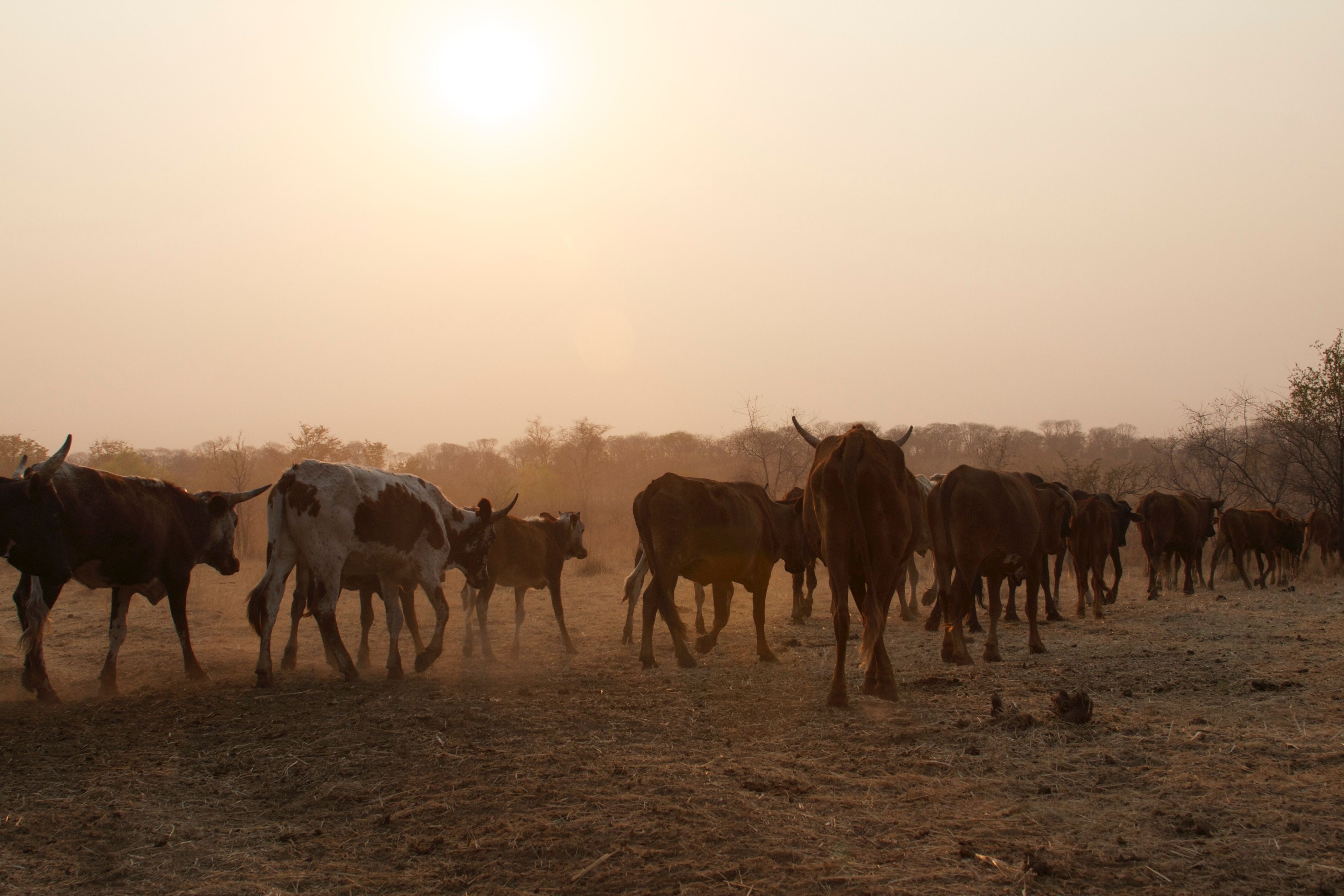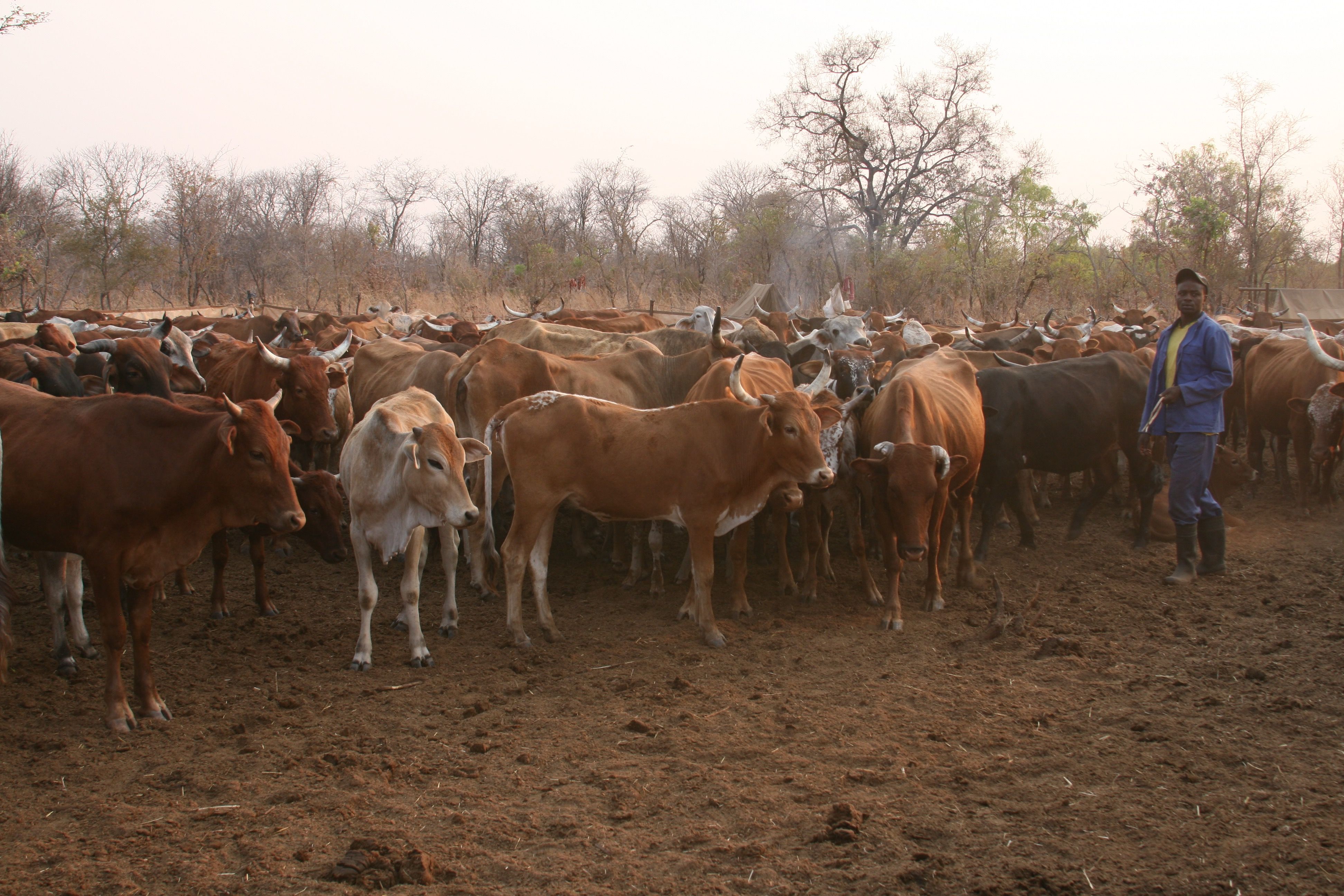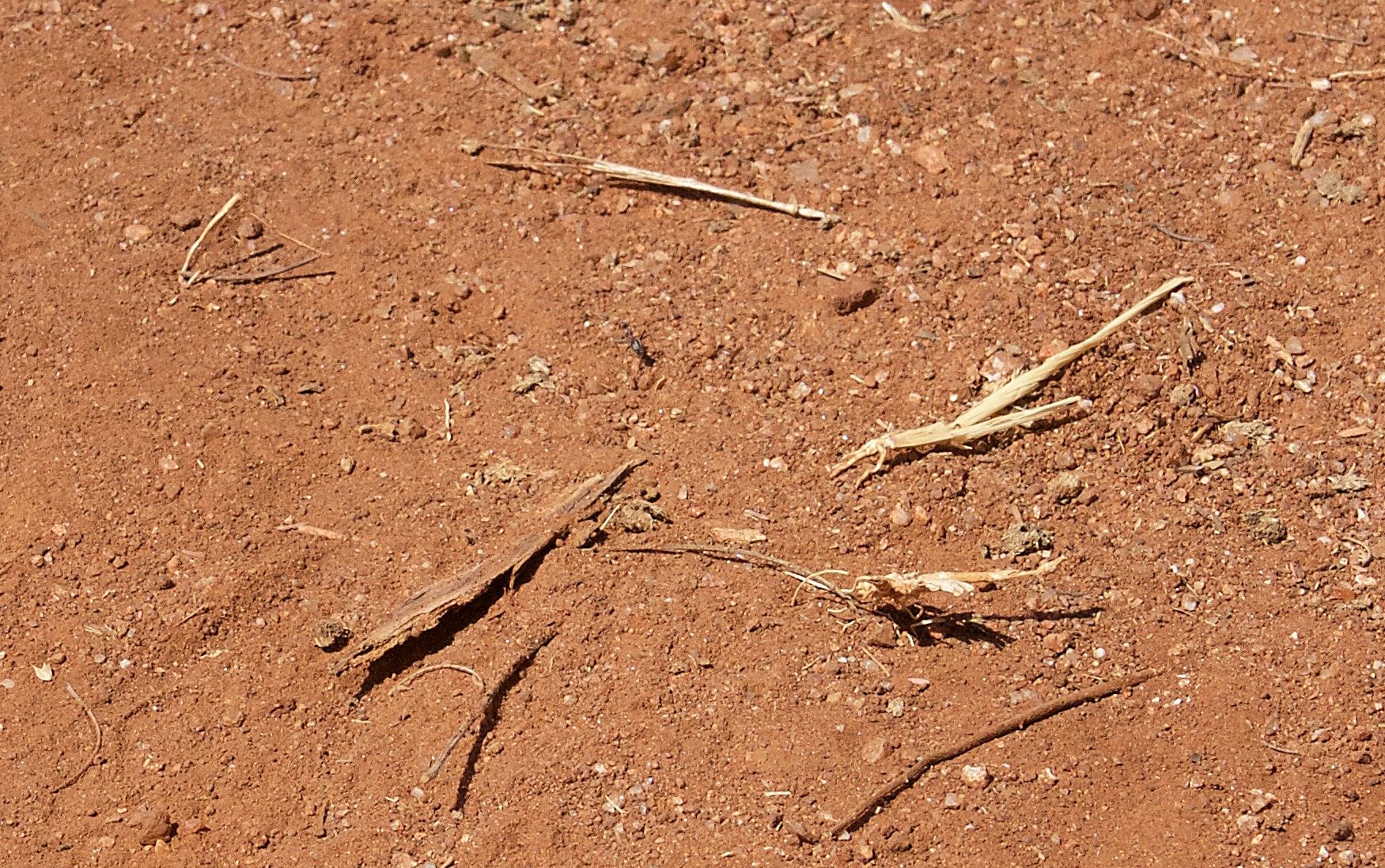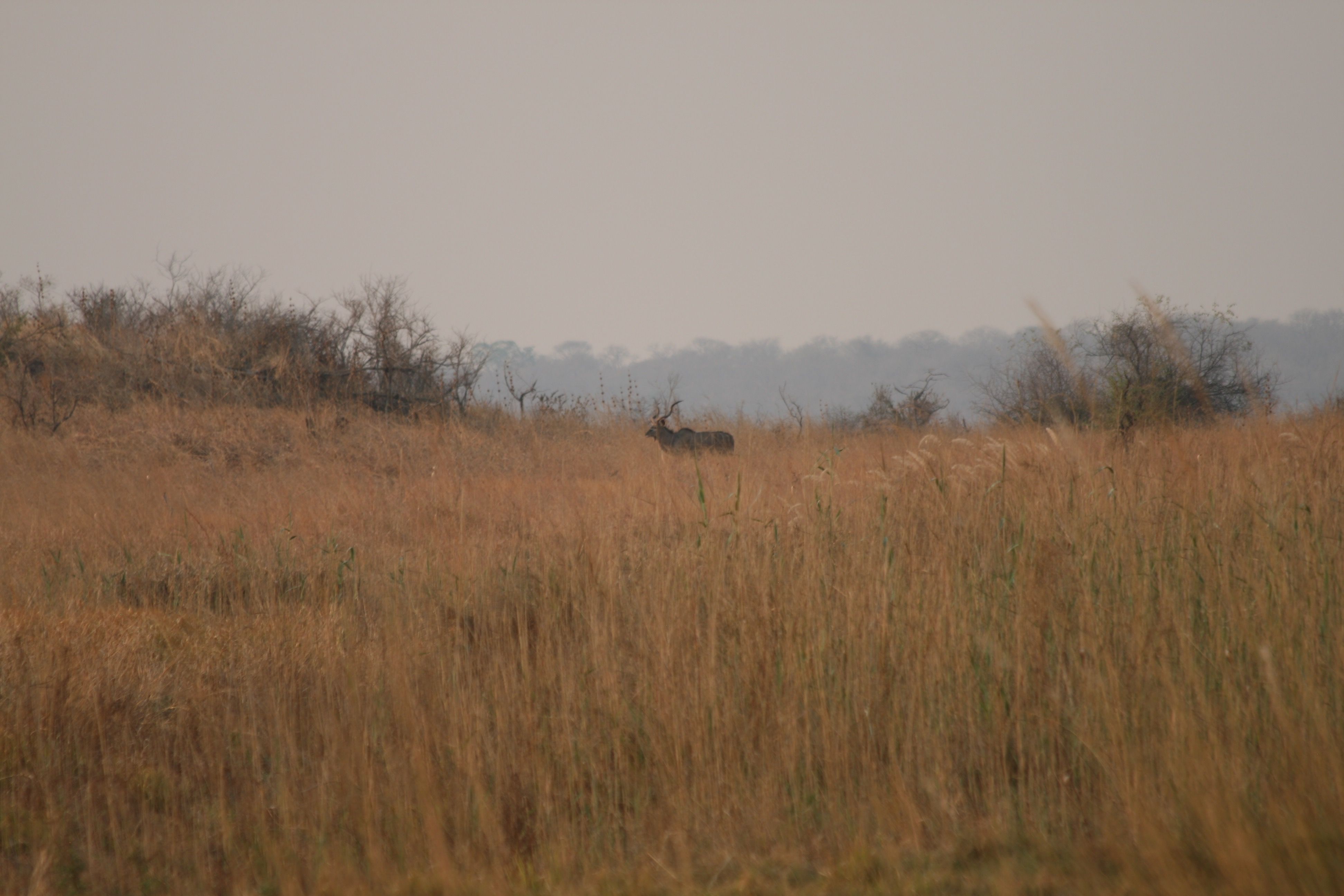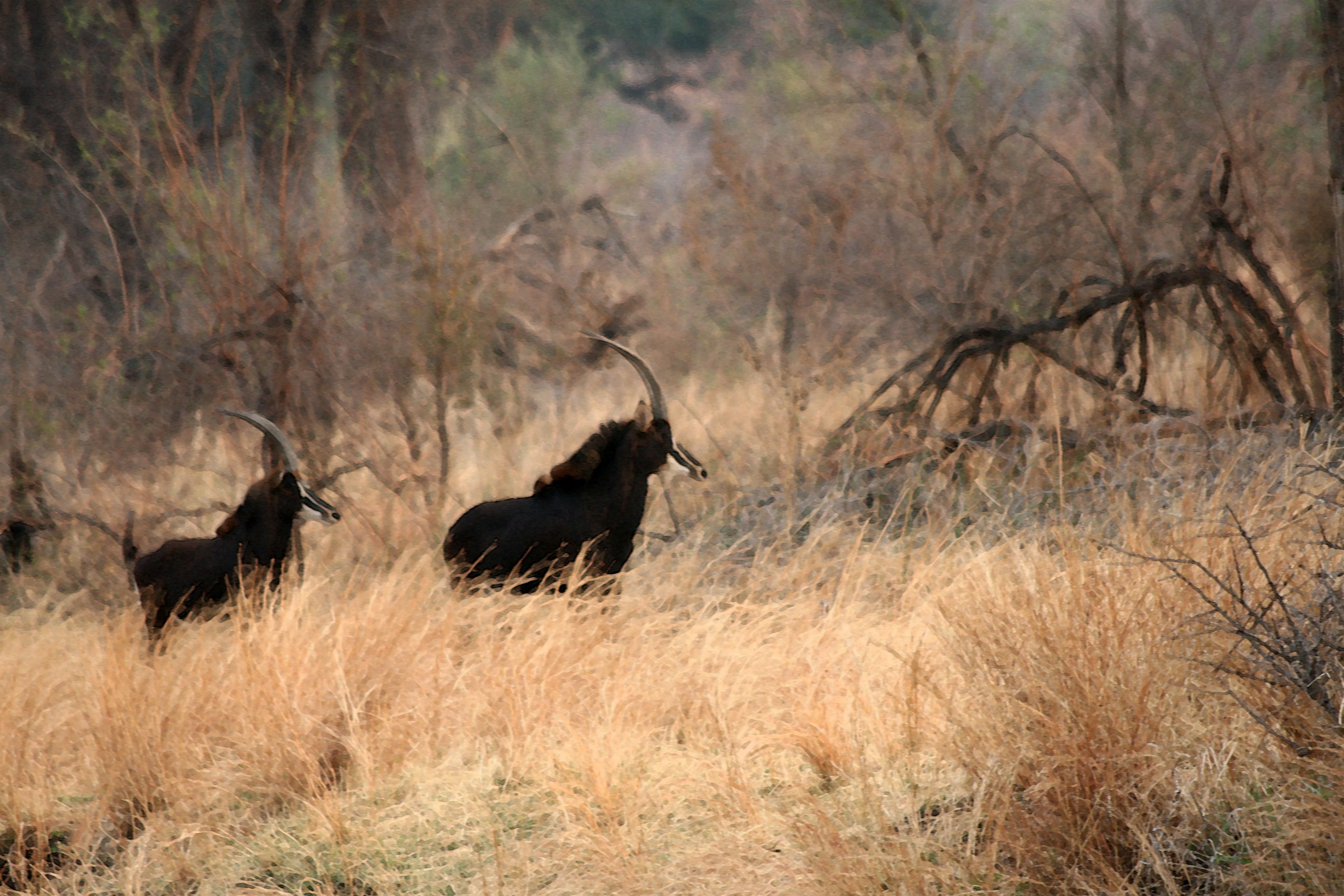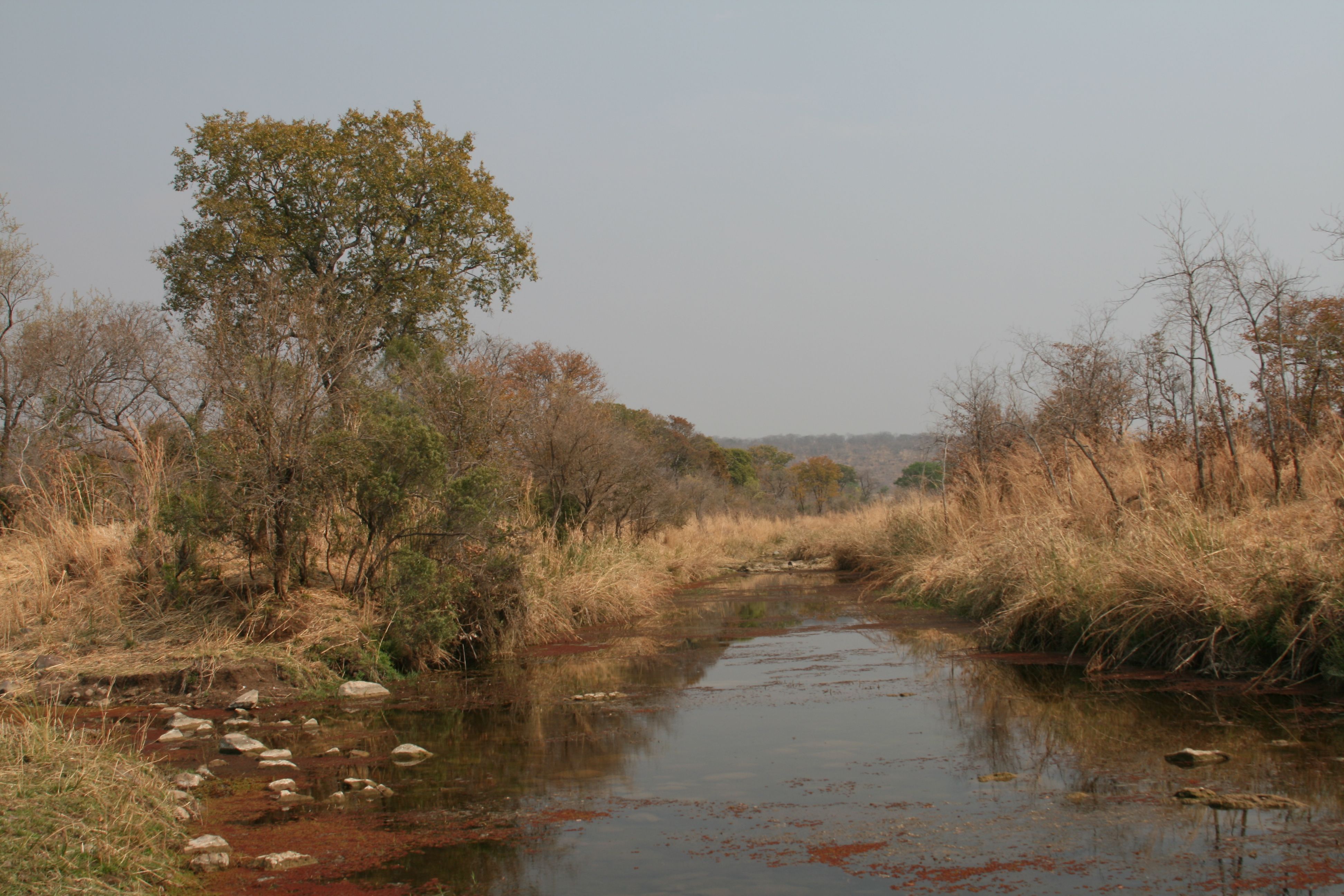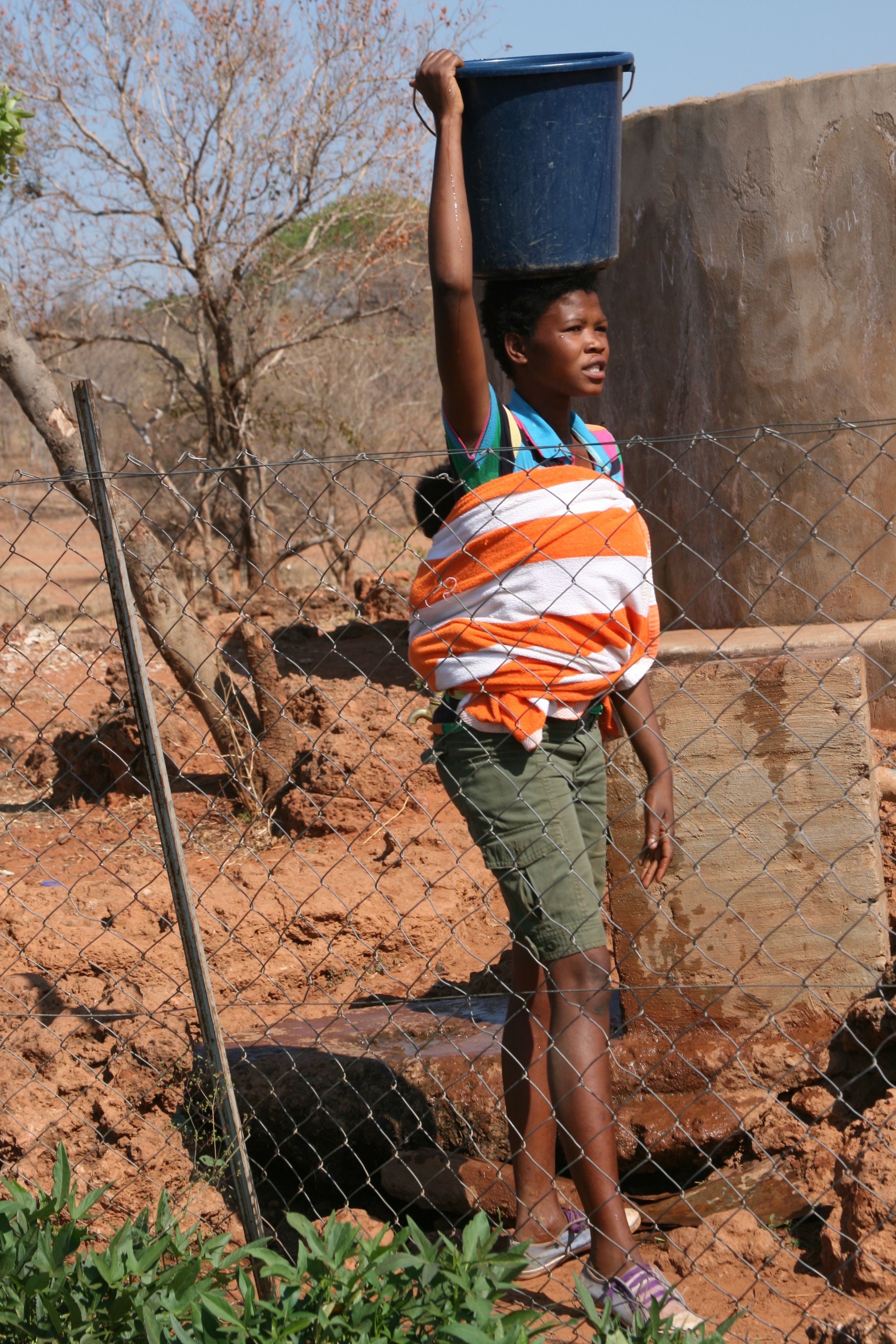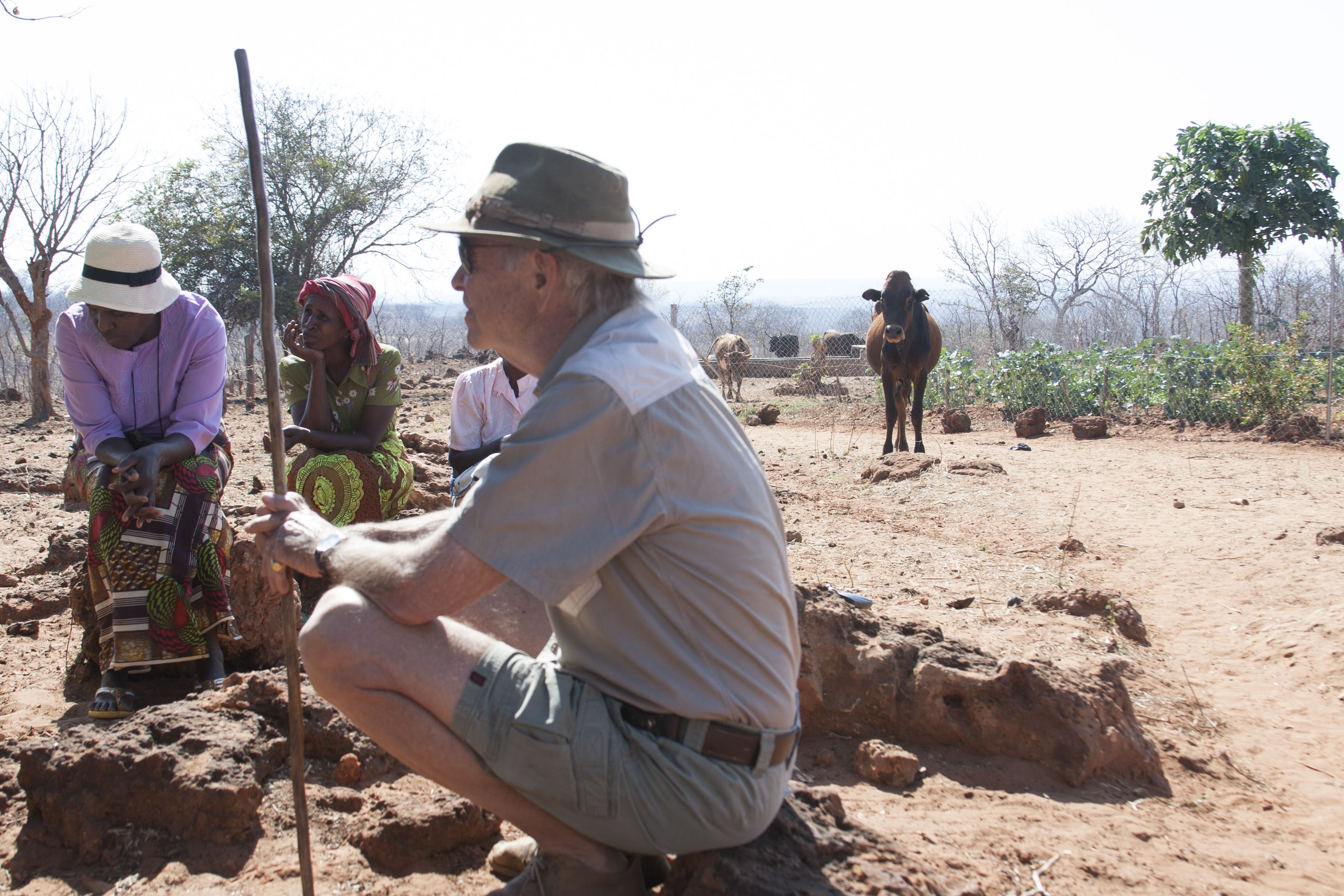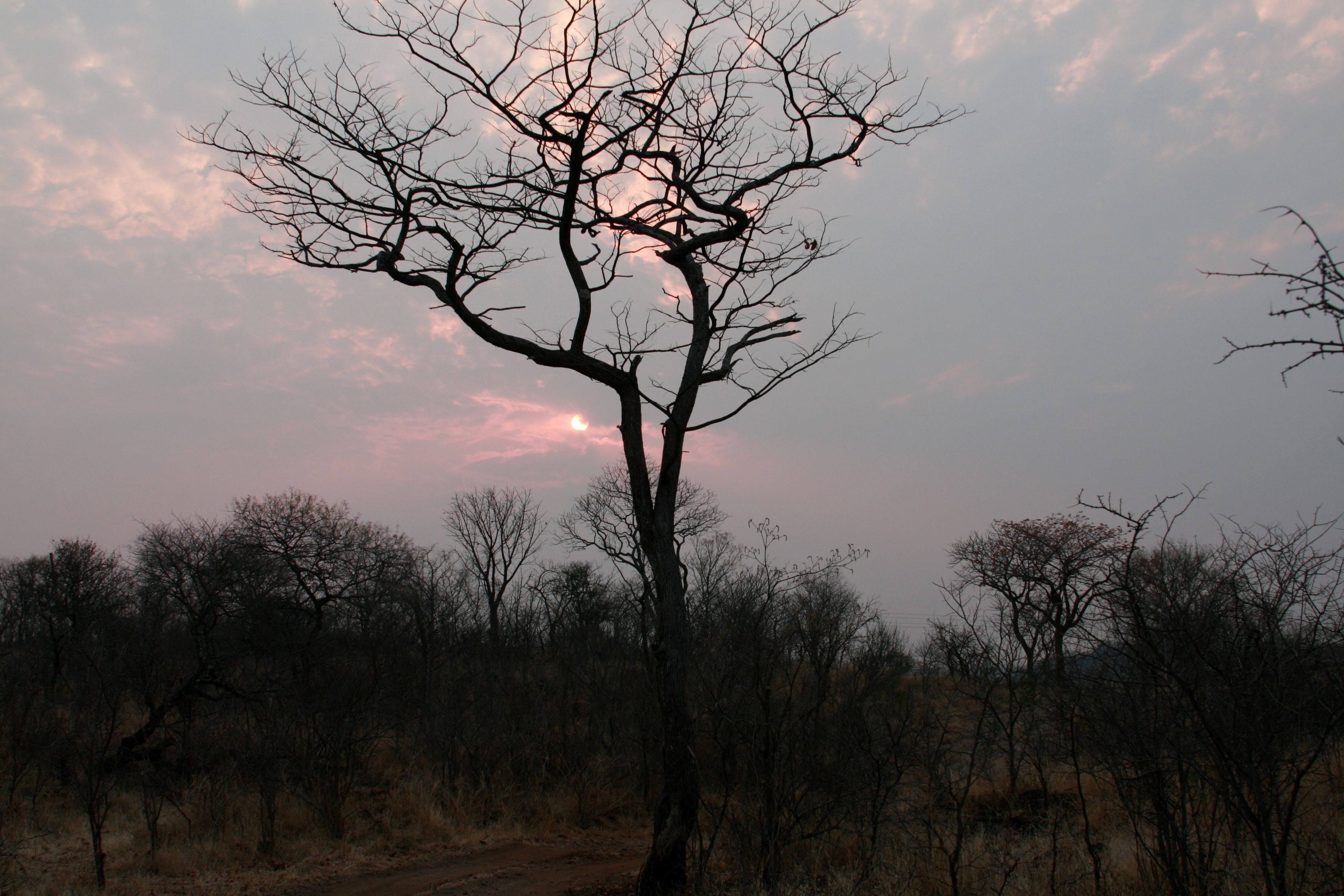May 17, 2016 | Pulitzer Center
As in many dryland regions, southern Africa is facing widespread desertification and drought. In Zimbabwe, ecological pressures coupled with political disenfranchisement have left rural communities struggling to meet basic needs. People go further into the bush to hunt and grow crops, which infringes on wildlife habitat. However, villages working with the Africa Centre for Holistic Management have been able to revive their land while restoring water sources. How? By managing cattle so that their behavior mimics that of the wild herds of herbivores that created and maintained grassland savannas.
